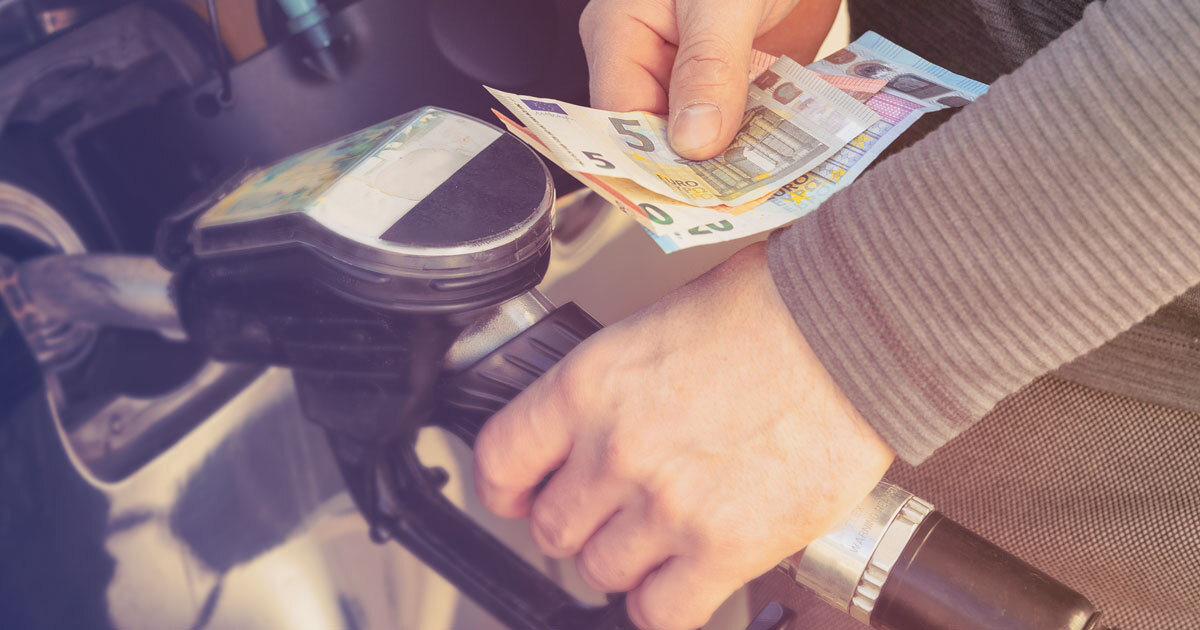
3 Use Cases for Digitalization in Fleet Management
Digitalization in fleet management serves as a lever for higher efficiency and cost savings. Even small fleets with just a few company vehicles can benefit from this digital shift. Here, we explain why and present three application examples.
1. Digital payment methods for fueling
Whether you run a small moving company, a regional bus service or a self-employed craft business, all of these different businesses regularly use company cars that need to be refueled. Employees often have to settle fuel bills themselves, which makes sharing payment methods or expense reports and collecting receipts necessary and time-consuming. Although fuel cards could offer a solution, they are often associated with cumbersome processes such as long waiting times after registration and are not cost-effective for smaller companies. In addition, company credit cards pose security risks, do not offer the necessary control and are not always carried by employees.
Implementing digital payment systems for your drivers provides multiple benefits. Employees can refuel at any time via the company’s central payment system, even outside office hours. This increases fleet flexibility and makes payment processing more efficient and secure, as drivers do not need a physical card or cash. Fleet managers, therefore, maintain control over the transactions while avoiding the hassle of handling numerous receipts.
2. Digital fuel receipts
Another key area in which digitalization significantly improves fleet management is the administration of receipts. Without digital billing options, a large number of invoices pile up on the accountant’s desk, requiring manual entry into the accounting system – a process that is both time-consuming and error-prone and in addition, costs money per booking when done by an accountant. By automatically integrating receipts using digital solutions, companies achieve streamlined and accurate documentation, as well as simplified receipt organization. This not only reduces the workload in accounting but also improves data capture quality, making processes like travel expense reporting more straightforward and precise. The seamless export of digital receipts and transaction lists significantly simplifies financial management, particularly in areas such as reporting, invoicing and filing taxes.
3. Flexible budget control thanks to real-time information
Moreover, digitalizing the refueling process can enhance cost management and planning. Digital transactions establish a clear and traceable payment history. With real-time information readily available, companies can gain immediate insights into current fuel expenses, respond to unexpected costs quickly, and avoid budget overruns. This transparency, along with the comprehensive overview of transactions and expenses, supports fleet management in optimizing financial decisions.
Overall, the digitalization of fleet management, specifically in refueling, offers a wide range of benefits. Smart solutions can help save labor resources, make financial processes more accurate and user-friendly, as well as increase flexibility and security in payments. One effective way to implement these solutions is using the PACE Drive app with PACE Drive Business. Find out more now at www.pace.car/en/drive/business.


